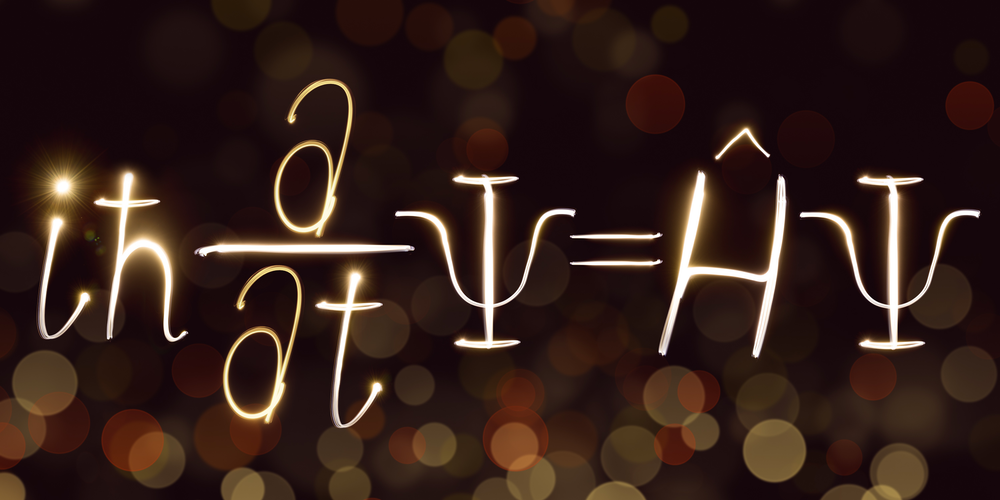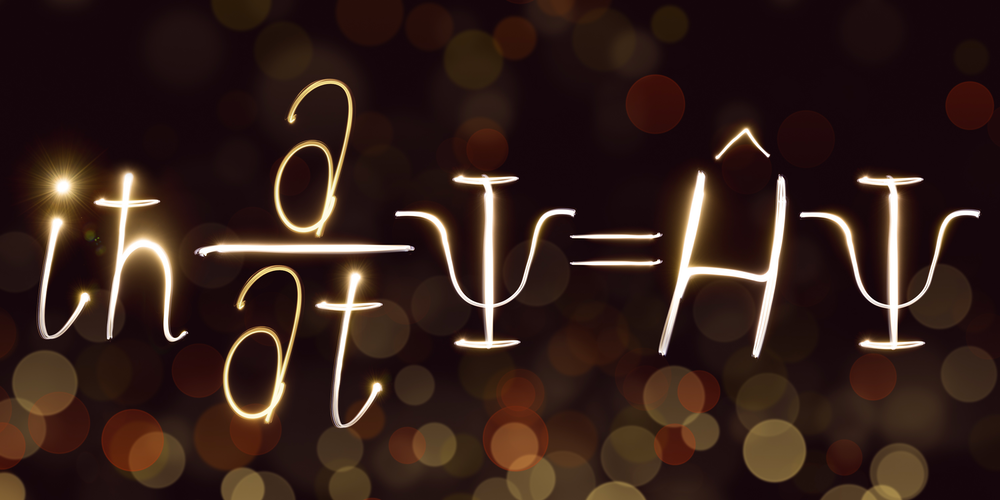Proof That a Complex Quantum Network Is Truly Quantum
In 1964, John Stewart Bell predicted that correlations between measurements made by two parties on a pair of entangled particles could confirm the fundamental nonclassical nature of the quantum world. In the past few years, researchers have performed various tests of Bell’s predictions that were rigorous enough to rule out classical explanations. Now researchers in China and Spain have done the same for a more complex system—a quantum network in which three parties make measurements on pairs of entangled particles generated by two sources [1]. The researchers say that their “stringent” confirmation of quantum phenomena is encouraging for the development of future secure quantum communication networks.
To ensure a rigorous test of nonclassicality, and thereby prove that classical assumptions of local realism are invalid, the experiment must be carefully designed. If the parties making the measurements can communicate classically during the experiment, or if the two devices creating the entangled particles can influence one another, seemingly quantum behaviors can have classical explanations. In a quantum communication network these loopholes could allow eavesdroppers to listen in.
In their experiment, the researchers close these loopholes by placing each element of their network about 100 m apart. They also determine the measurement settings of the three parties using different quantum random number generators to make sure that the measurements are truly independent. These precautions allow the researchers to demonstrate that the network satisfies a condition known as full network nonlocality, which certifies that neither of the sources of entangled particles can be described by classical physics.
–Marric Stephens
Marric Stephens is a Corresponding Editor for Physics Magazine based in Bristol, UK.
References
- X. M. Gu, “Experimental full network nonlocality with independent sources and strict locality constraints,” Phys. Rev. Lett. 130, 190201 (2023).





